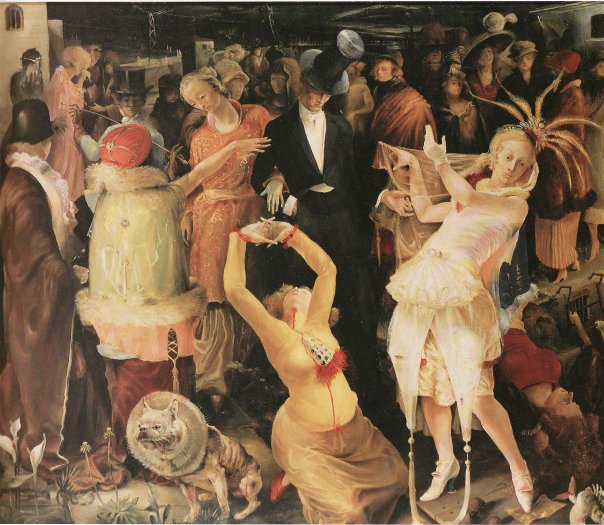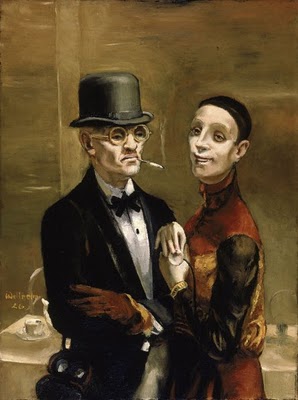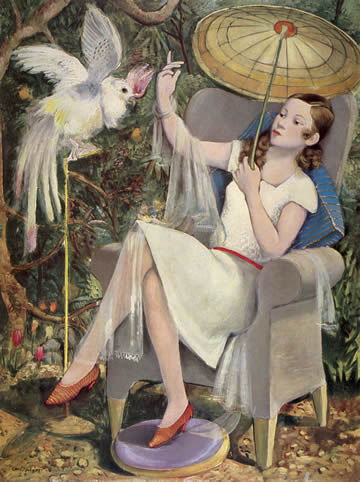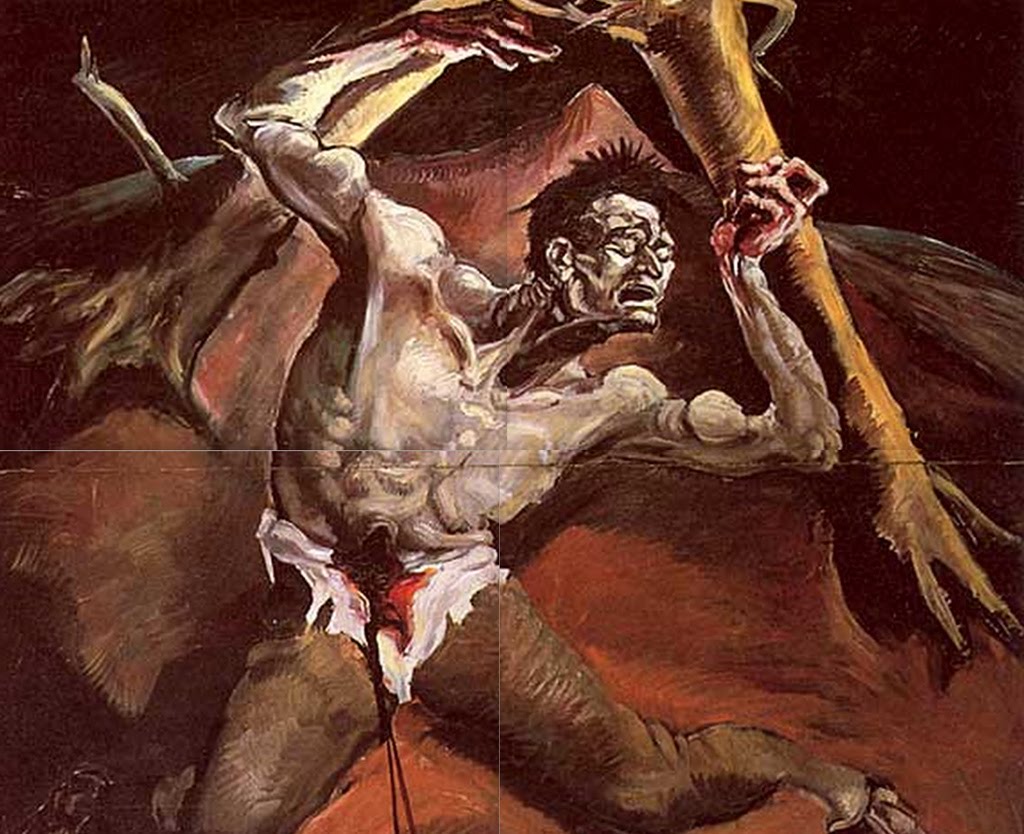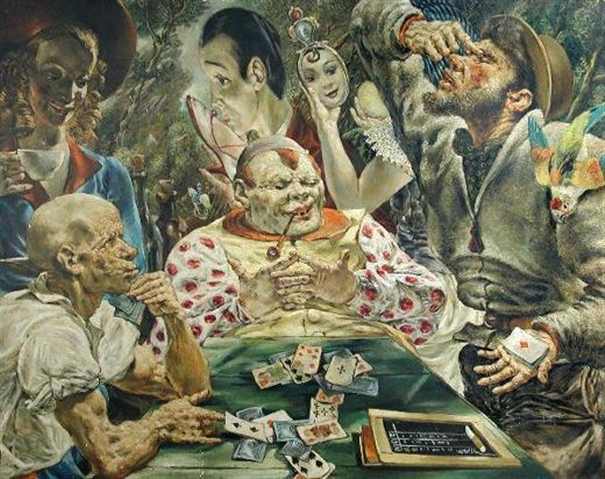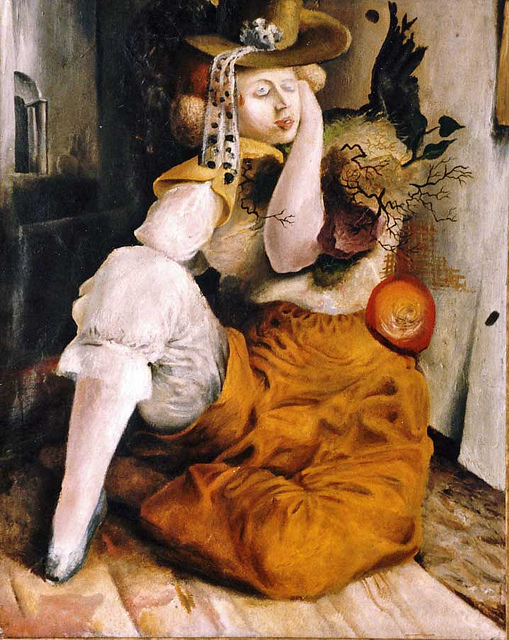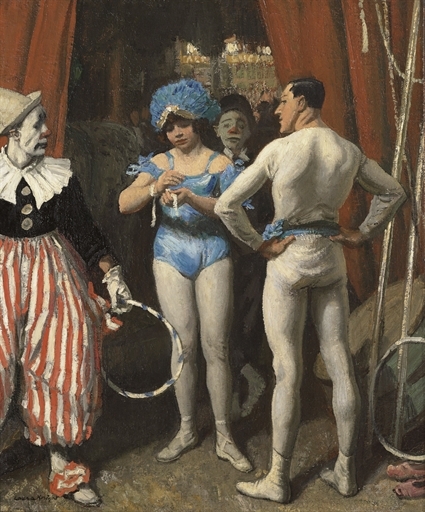<Back to Index>
- Painter Carl Grossberg, 1894
- Painter Gert Heinrich Wollheim, 1894
PAGE SPONSOR
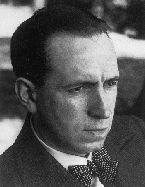
Carl Grossberg (1894 – 1940) was a German painter associated with the New Objectivity movement.
Grossberg was born in Elberfeld and studied architecture in Aachen and Darmstadt prior to his military service in World War I. He later studied at the Weimar Academy of Art and at the Bauhaus. He became known for paintings of urban landscapes, and for exterior and interior views of factories and industrial sites which he rendered with a chilly precision.
He served in the military again in 1939 - 1940 in France, where he died in a car crash in Laon.
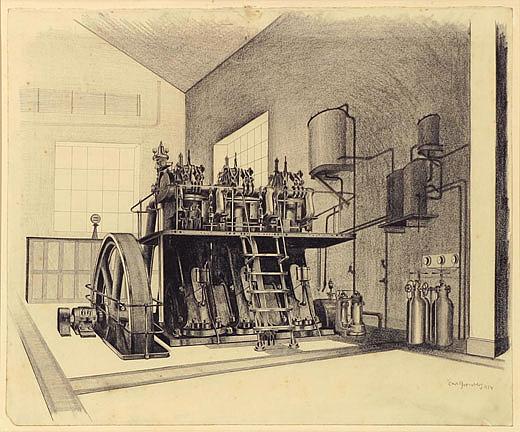

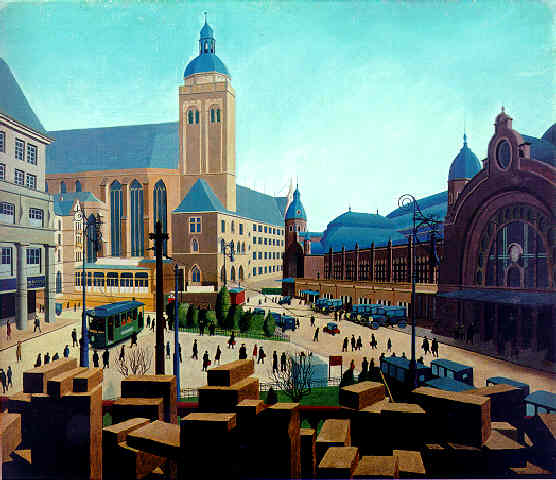
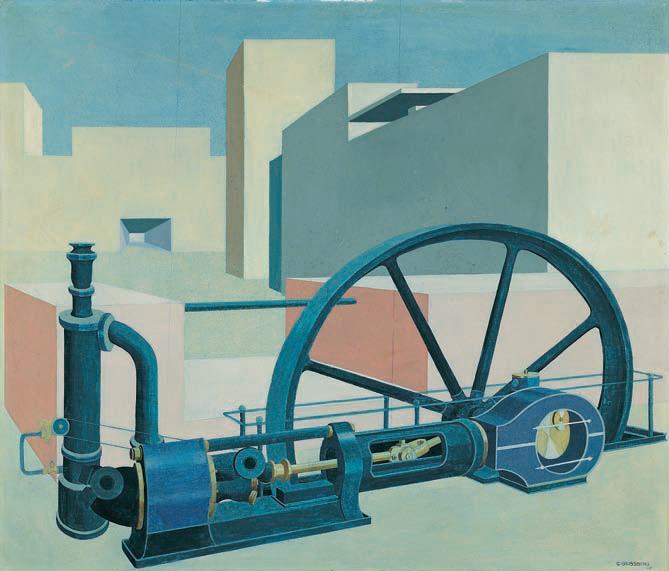
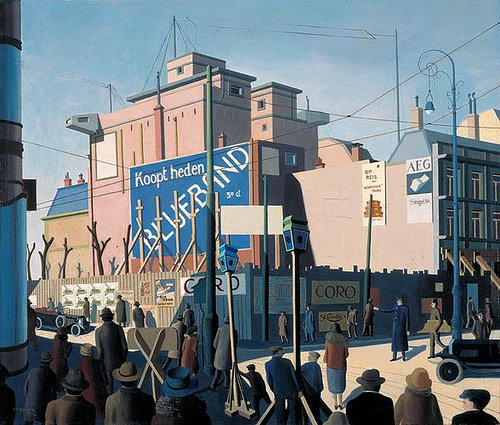
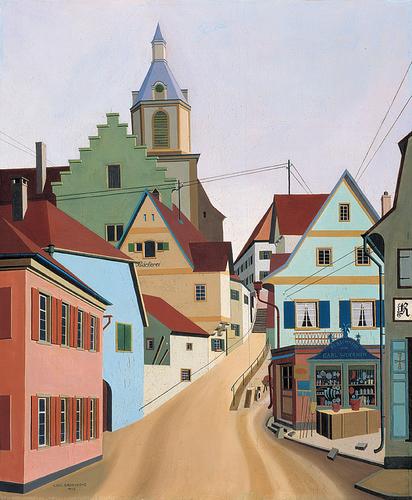
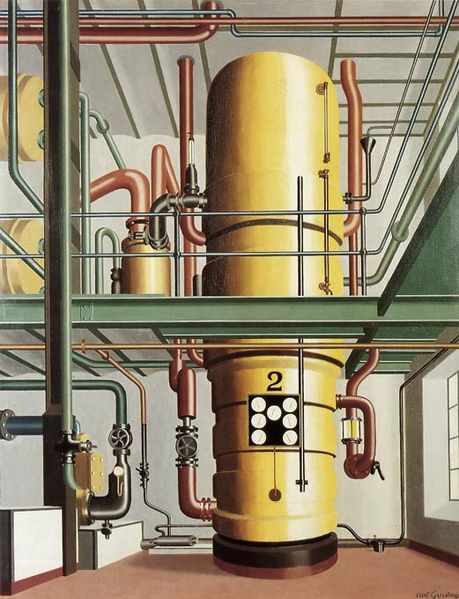
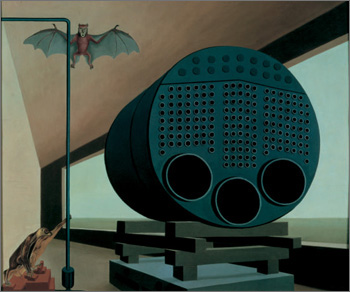
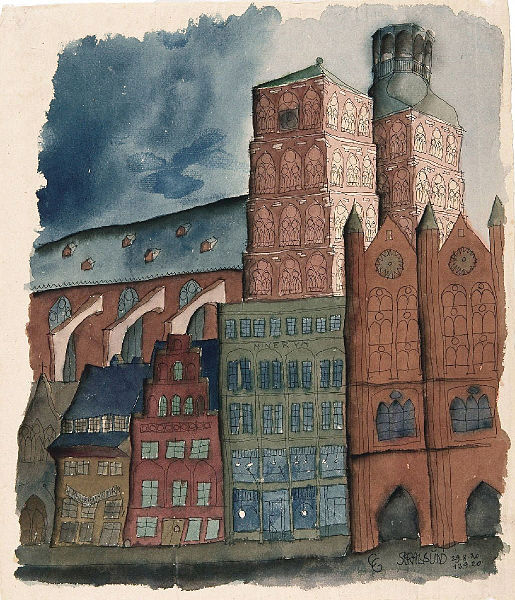
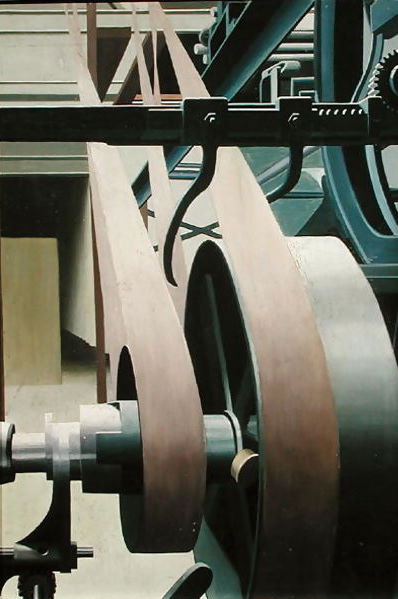
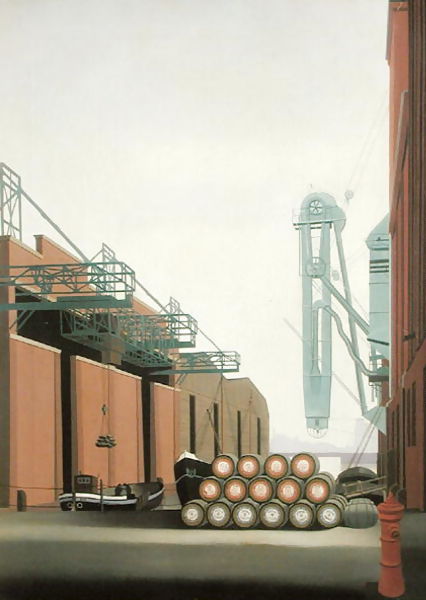
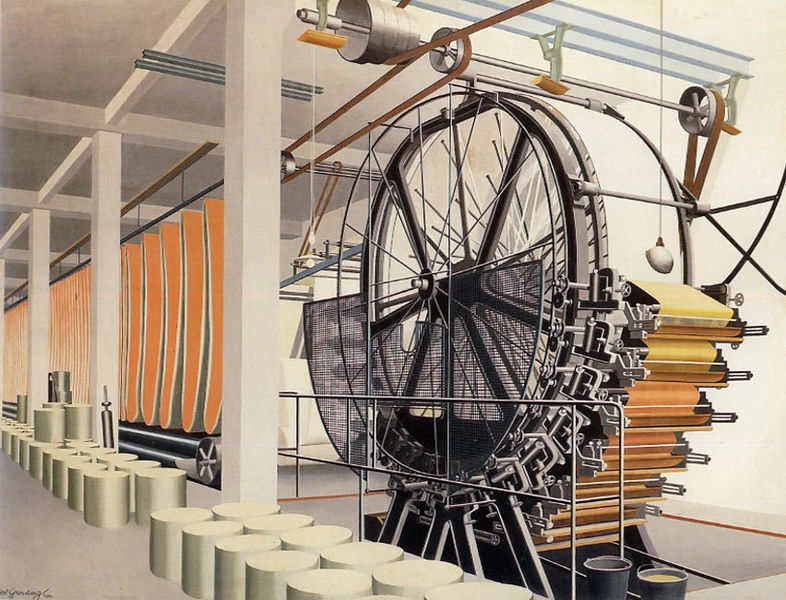
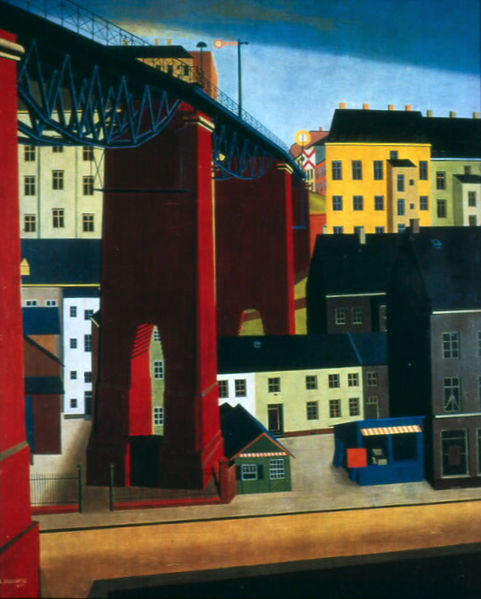
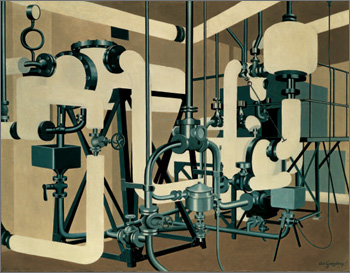
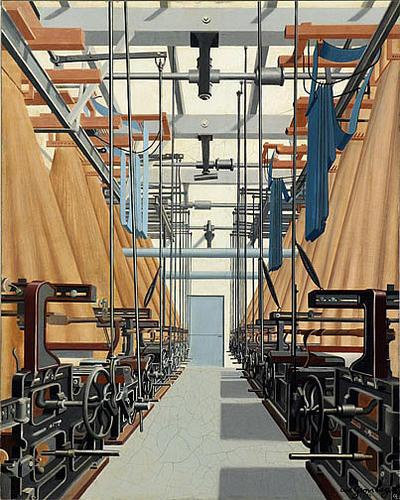
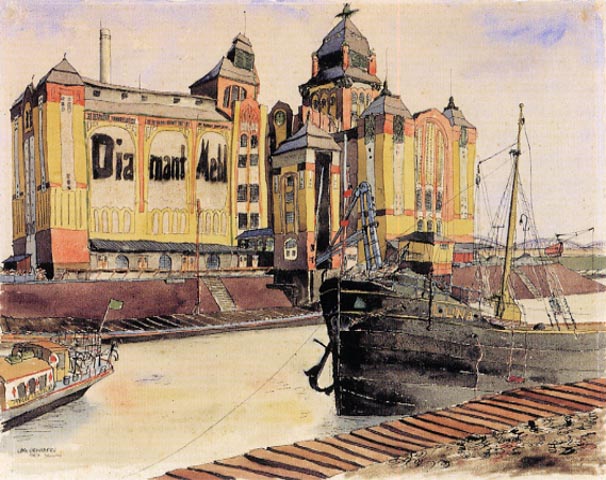
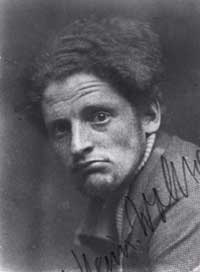
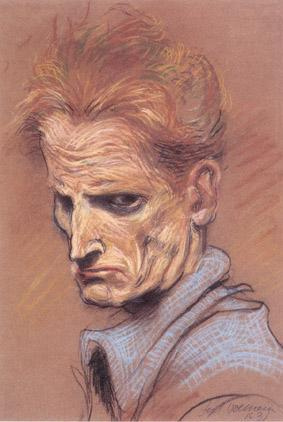
Gert Heinrich Wollheim (11 September 1894 – 22 April 1974) was a German painter associated with the New Objectivity, and later an expressionist who worked in America after 1947.
He was born in Dresden - Loschwitz and studied at the College of Fine Arts in Weimar from 1911 to 1913. From 1914 – 1917 he was in military service in World War I, where he was wounded. After the war he lived in Berlin until 1919, when Wollheim, Otto Pankok (whom he had met at the academy in Weimar), Ulfert Lüken, Hermann Hundt and others created an artists' colony in Remels, (East Frisia).
At the end of 1919 Wollheim and Pankok went to Düsseldorf and became founding members of the "Young Rhineland" group, which also included Max Ernst, Otto Dix, and Ulrich Leman. Wollheim was one of the artists associated with the art dealer Johanna Ey, and in 1922 he was taken to court over a painting displayed at her gallery. In 1925 he moved to Berlin, and his work began a new phase of coolly objective representation.
Immediately after Hitler's seizure of power in 1933 his works were declared degenerate art and many were destroyed. He fled to France and became active in the Resistance. In 1937 he was one of the joint founders of the artist federation “L´union de l'artistes libres” in Paris, and he became the companion of the dancer Tatjana Barbakoff. Meanwhile, in Munich, three of his pictures were displayed in the defamatory Nazi exhibition Entartete Kunst (Degenerate Art) in 1937.
From Paris he fled to Saarbrücken and later to Switzerland. In 1939 he was arrested and held in a labor camp until his escape in 1942, after which he hid in the Pyrénées. At war's end in 1945 he returned to France, and in 1947 moved to New York and became an American citizen. He died in New York in 1974.
In 2000 the August Macke Haus in Bonn presented an important retrospective exhibition of his work.
Wollheim's best known work is probably Der Verwundete, 'The Wounded Man' (1919), one of the most horrifying images to be produced by any artist who had experienced the First World War.
The oil on board painting shows a half naked soldier writhing in agony
after receiving a death wound in the belly (Wollheim himself was wounded
in the stomach during the War). A version of this image was used as one
of 'Dr. Lecter's drawings' in the film Silence of the Lambs.
